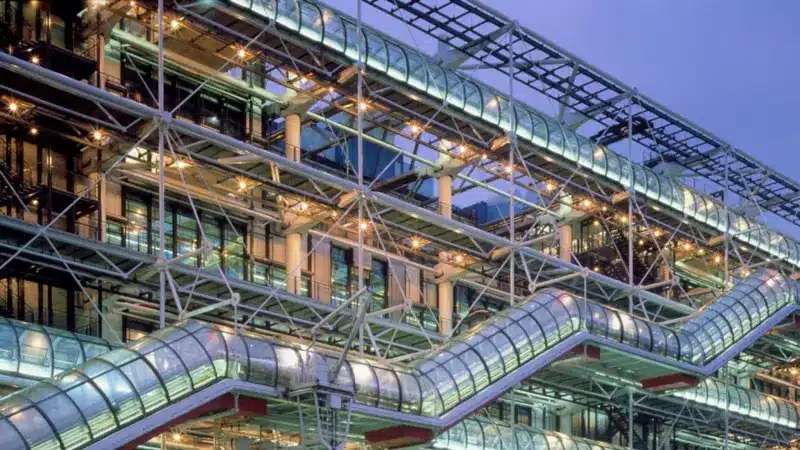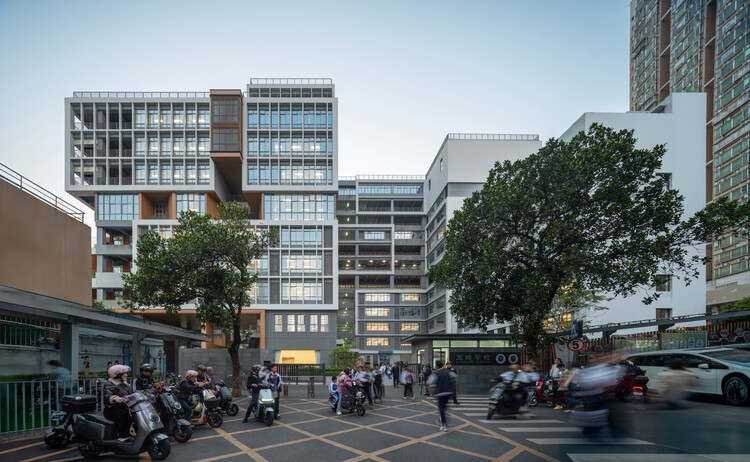Richard Rogers The Architect Who Saw the Future Through Design
From Florence to London The Early Journey
Richard George Rogers was born on July 23, 1933, in Florence, Italy, but his architectural destiny unfolded in Britain, where he moved with his family as a child. He began his architectural studies at the Architectural Association School in London, later completing his postgraduate degree at Yale University in the United States, graduating in 1962.

While at Yale, Rogers met fellow architect Norman Foster, and their connection sparked one of the most influential partnerships in modern architecture. Upon returning to London, they teamed up with friends.Sue Rogers and Wendy Cheesman, who later became their wives.and this small group laid the foundation for a design approach that would revolutionize industrial and architectural thinking.
The Foster Collaboration: Practical Vision Meets Design
In the 1960s, Rogers and Foster began working on projects that combined functionality and elegance. One of their most notable early works was the home and studio of photographer Humphrey Spender in Maldon, Essex, where they created a sleek glass-and-steel cube structure.modern, minimal, and deeply practical.
This wasn’t just a building; it was a statement. Their approach broke with convention, favoring transparency, simplicity, and integration with modern technology.

Parting Ways.and a Bold New Chapter with Renzo Piano
In 1967, Rogers and Foster ended their partnership, and Rogers charted a new course with Italian architect Renzo Piano. This collaboration led to one of the most iconic architectural landmarks of the 20th century: the Centre Pompidou in Paris.
In 1971, Rogers and Piano won an international competition to design the cultural center, which officially opened in 1977. The building was radical for its time.in appearance and concept.and has since become a global symbol of contemporary architecture.

What Makes the Pompidou Centre Special?
- Bold, vibrant colors: Red, blue, and yellow were used to highlight the building’s mechanical systems.
- Exposed structure and services: Pipes, staircases, and elevators were placed on the exterior, flipping traditional architecture inside out.
- Open, flexible interior: Without conventional walls, the internal space remained adaptable and expansive.
This inside out approach became a signature style of Rogers. an expression of his belief in clarity, function, and honesty in design.
Milestones in His Career
Following the success of the Pompidou Centre, Rogers undertook increasingly ambitious, global projects, each marked by his distinct design philosophy:
- L’Oréal Headquarters . Paris (1985) A masterful blend of modern aesthetics and engineering.
- Stansted Airport Terminal . London (1994) Celebrated for its spaciousness and user. friendly design.
- Heathrow Terminal 5 . London (2008) One of his largest projects, emphasizing sustainability and smart functionality.

A Sustainability Pioneer Before It Was Trendy
Long before green design became a global movement, Rogers was already committed to environmental responsibility. To him, architecture wasn’t just about beauty. it was a way to improve life and reduce environmental impact.
His projects embraced natural lighting, energy-efficient ventilation, and eco-friendly materials, setting standards that many architects still strive to follow today.
Well-Earned Honors and Global Recognition
Rogers’ remarkable contributions earned him some of the most prestigious awards and titles in architecture, including
- The Pritzker Prize (2007) architecture’s highest honor.
- The title of Baron Rogers of Riverside, bestowed by Queen Elizabeth II for his services to architecture and society.
- Fellowship in the Royal Institute of British Architects (RIBA).

A Lasting Legacy
Richard Rogers wasn’t just an architect. he was a visionary thinker. His buildings didn’t just serve a function they made statements about openness, efficiency, and humanity.
Through bold ideas and pioneering designs, Rogers helped reshape how we think about cities. and proved that great architecture serves people, the planet, and progress.
Highlights from His Career
| Year | Project | Location |
|---|---|---|
| 1971 | Centre Pompidou | Paris, France |
| 1985 | L’Oréal Headquarters | Paris, France |
| 1994 | Stansted Airport Terminal | London, United Kingdom |
| 2008 | Heathrow Terminal 5 | London, United Kingdom |
Richard Rogers Advice to Young Architects
- Be bold and experimental: Innovation starts when you leave your comfort zone.
- Think green: Sustainability is no longer optional. it’s essential.
- Find beauty in simplicity: Complexity can distract from the core idea.
Final Thoughts
Richard Rogers was more than an architect. he was a pioneer with a purpose. He redefined urban design, brought light and air into heavy concrete cities, and showed that architecture can. and should make life better.
Though he is no longer with us, his vision and values continue to inspire anyone who dares to build not just for today, but for the future.







